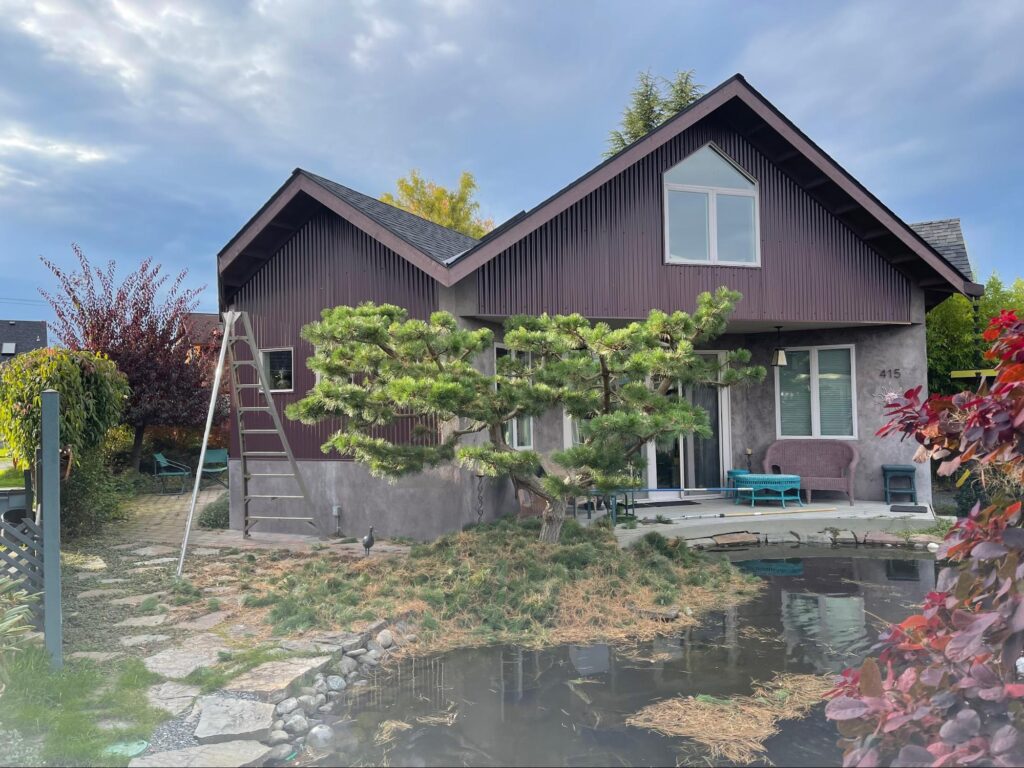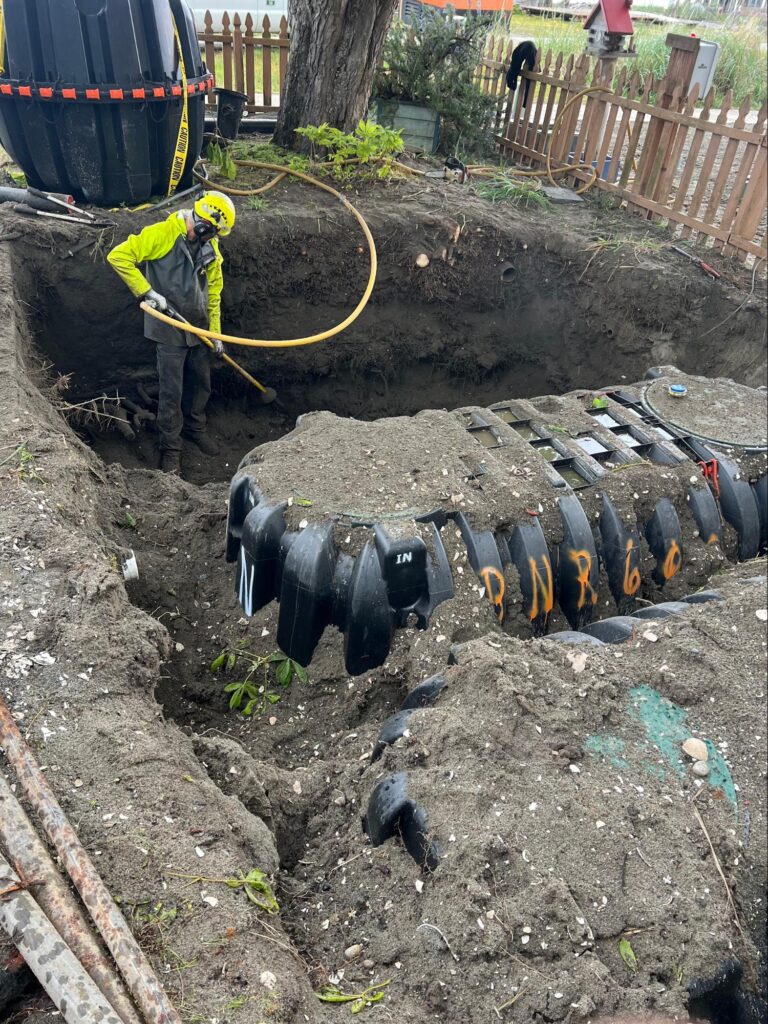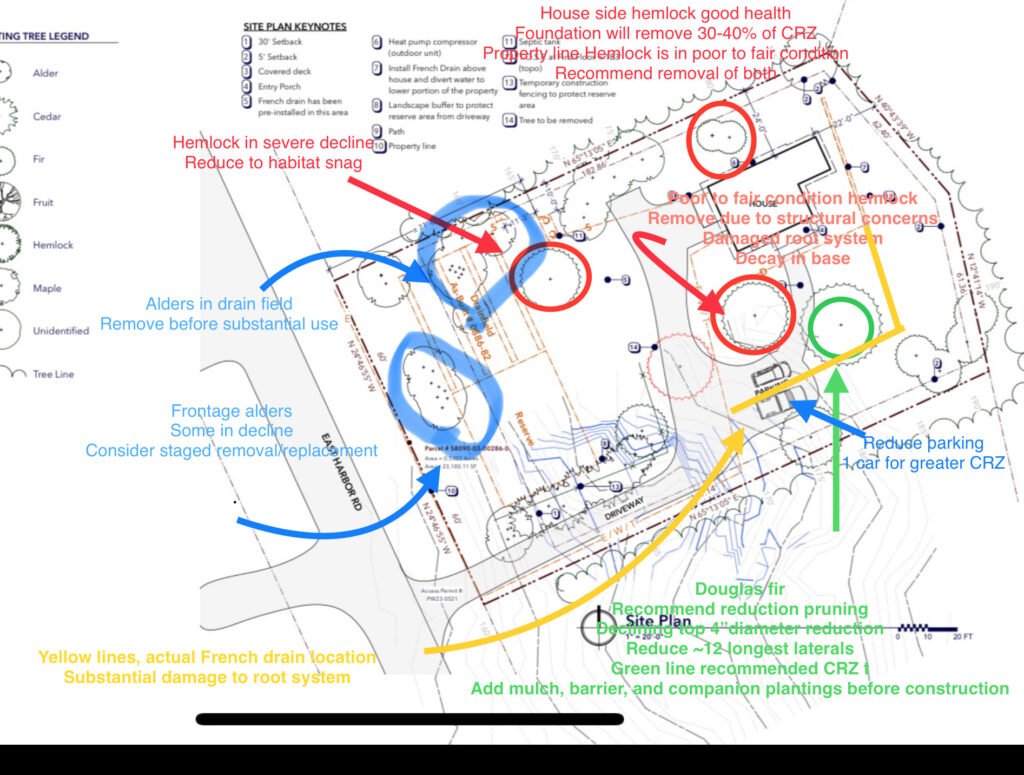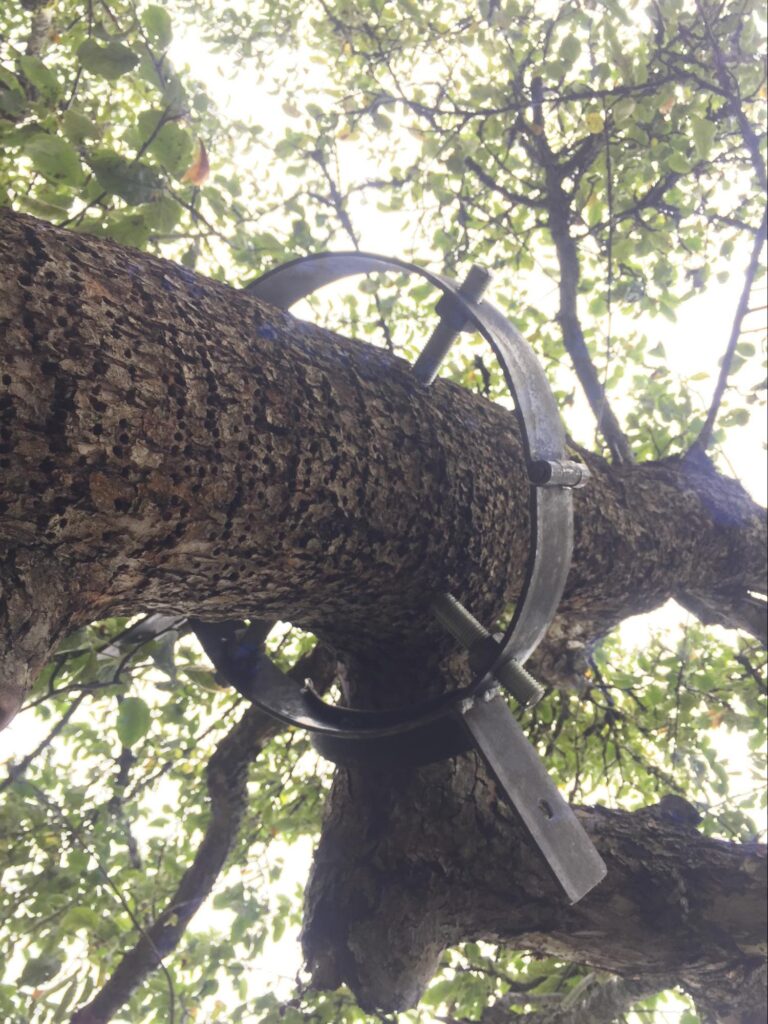Services

Residential
- Pruning
- Ornamental
- Formative
- Structural
- Mitigation
- Removal
- Emergency
- Tree preservation
- Planting
- Tree risk assessments
- Consultations

Professional Services
Common professional services include:
- Permitting compliance
- Disease assessments
- Tree assessments and documentation of damages for legal purposes
- Management strategies
- Design and review
- Second Opinion
- Tree Assessment
- Tree Risk Reports
- Insurance Reports
- Permitting Reports
- Neighbor Complaints
- Management Strategies
- Dianositics

Development
These services are designed to address future problems and mitigate impacts to prevent issues from occurring post development
- Hazard assessment
- Construction mitigation plans
- Island Roots housing
- Second Street Cabins
- Tree inspections
- Tree Value Appraisals

Speciality Services
- Cabling/Bracing
- Props
- Wildfire Risk Reduction
- Air Excavation
- Classes and Lectures